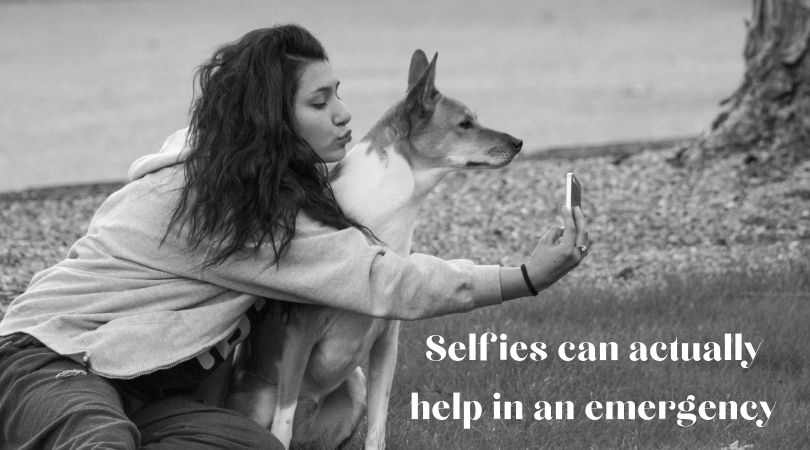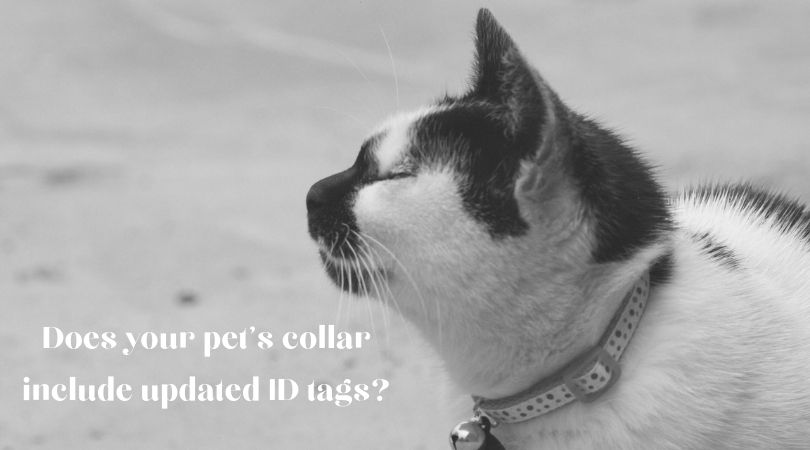Floods, tornadoes, hurricanes, wildfires. There’s no part of the country that hasn’t been affected by weather emergencies in recent years.
This is why it’s a good idea to have an emergency plan for your entire family, including your pets. Hopefully, you’ll never need it. But since summer is prime time for severe storms and flooding, why not take a few minutes to review your plan and if needed, create a “go” bag in case of emergency?
What to Include in Your Pet’s Severe Weather Prep Kit
There are a few guidelines that hold no matter where you are in the country, whether at home or on a summer vacation trip. Extra food, water, and medical records are just a few.
Here’s what to include in your pet’s emergency bag:
- Food and water - Staying hydrated and having food are important. It’s a good idea to have 5-7 days of food and water. Rotate it throughout the year to keep it fresh. Don’t forget bowls.
- Medicine - Is your pet on any medication? If so, you’ll want to make sure you have at least a few days’ worth. Again, rotate it for freshness and keep a copy of the prescription.
- Up-to-date copies of your pet’s medical records - It’s always good to have access to your pet’s medical records in case something happened. A worst-case emergency could have you evacuating your home and not being able to return for weeks or longer. If your pet needed medical care while away, it would be simpler if you had the records with you. Plus, if you travel across state lines, you could be asked for your dog or cat’s vaccination records by officials. It’s a simple thing to make a copy or make sure you have access online.
- Selfie with your pet - You probably have lots of pictures of your pet, but how many of them are you in? In case you are separated, ready.gov recommends having a selfie of you with your pet(s) to prove ownership.

- Extra collar and leash - If you scooped your pet into a pet carrier without a collar or leash, then you’ll need one later. Keep an extra in your pet bag.
- Favorite toy and/or blanket - Again, it makes sense to have duplicates and rotate them. You want items that look and smell familiar to help calm your pet in an emergency.
- Plastic bags/litter and litter pan - Particularly in flooding situations, there is enough water contamination risk without adding pet waste to the mix. Yes, even in an emergency, you need to be conscientious and clean up after your dog. And while dogs may be able to "go" anywhere, cats who are litter box trained may not relieve themselves without access to a box and litter. Proper toileting facilities are vital for both pet comfort and health.
Prepping an emergency bag for your pet doesn’t take long yet it’s one less thing to worry about if you need it. Extra food, a favorite blankie...what about an ID tag? While you’re thinking of emergency plans, also consider your pet’s ID.
ID Tags and Microchipping

It’s a good idea to review your pet’s ID tags and microchip information at least once a year. Have you moved recently? Are your pet’s ID tags still legible? Do you want to include a phone number of a close friend or relative who’s out of town as a backup emergency contact in case you can’t be reached?
When it comes to microchipping, it’s only useful if your pet’s number is listed accurately in the database. If you don’t know if your pet is microchipped or you don’t know with which company, contact your veterinarian for more information.
Hopefully, you’ll never need to use your pet’s emergency “go” bag. But if you do, you’ll be prepared. We hope for beautiful sunny skies all summer long, but why not take a few minutes to prepare, just in case?
